INTRODUCTION
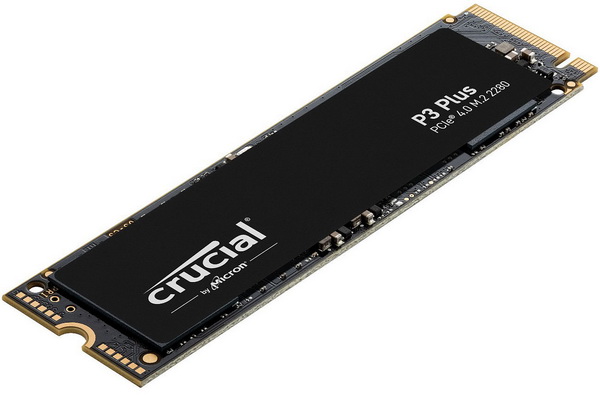
Well after almost a year in delays it seems that the market is finally gearing up to welcome consumer oriented PCIe 5.0 Gen5 M.2 NVMe SSDs which always according to manufacturers will not face the same issues as their early attempts. Honestly i don't know if that will be the case or even when we'll finally see a good number of PCIe 5.0 Gen5 models released in the market, what i do know for certain however is that PCIe 4.0 Gen4 M.2 NVMe SSDs have become fast enough to cover most if not all consumers, even demanding ones. Crucial is one of those companies that their newest products seem to fly beneath the radar (most of the times anyways) and in my case this applied for their latest P3 Plus line of PCIe 4.0 Gen4 M.2 NVMe SSDs and to make up for my delay in getting one in the lab today I’ll be testing the 4TB variant.
We are an industry leader in innovative memory and storage solutions transforming how the world uses information to enrich life for all. With a relentless focus on our customers, technology leadership, and manufacturing and operational excellence, Micron delivers a rich portfolio of high-performance DRAM, NAND and NOR memory and storage products through our Micron® and Crucial® brands. Every day, the innovations that our people create fuel the data economy, enabling advances in artificial intelligence and 5G applications that unleash opportunities — from the data center to the intelligent edge and across the client and mobile user experience. To learn more about Micron Technology, Inc. (Nasdaq: MU), visit micron.com.
The latest P3 Plus 4TB M.2 NVMe SSD by Crucial is the 3rd model to arrive in the lab that makes uses of PHISON's 4-channel (ARM Cortex-R5 single processor) PS5021-E21 NVMe v1.4 DRAM-less NAND flash controller paired with Micron's 176-layer 3D QLC NAND flash (N48R). As mentioned in past reviews the PS5021-E21 NAND flash controller by PHISON features their 4th Gen LDPC engine (low-density parity check) along with end-to-end data path protection, Host Memory Buffer (HMB) architecture support (a fraction of your PC's system memory is used to cache mapping tables - only supported on versions of Windows 10/11 launched from 2019 and beyond), wear levelling, low power mode, thermal monitoring (70 degrees Celsius limit), TRIM, bad block management, static/dynamic range SLC cache and SmartECC 2.0 (RAID ECC) and fully supports AES-256bit hardware encryption (with SHA512 and RSA4096) along with TCG Opal 2.0 and Pyrite. As for endurance Crucial reports an TBW of 800 for the 4TB model and covers the entire line with a 5-year limited warranty.
SPECIFICATIONS AND FEATURES

PACKAGING AND CONTENTS
The slightly redesigned box has the Crucial logo at the front right next to a large product picture, capacity and its advertised performance numbers.
At the rear Crucial lists everything you're getting with the P3 Plus.
Along with the drive and the quick start guide inside the box you'll also find an M.2 screw.
THE P3 PLUS 4TB
Once again, we see an M.2 SSD that follows the 2280 standard so nothing new here.
Under the top sticker (regular sticker) we find the PHISON PS5021-E21 DRAM-less NAND controller and 4 Micron 176-layer 3D QLC NAND flash modules (N48R).
The opposite side is empty and just has two stickers filled with certifications and the drives technical details.
CRUCIAL STORAGE EXECUTIVE
You can download the Crucial Storage Executive software from the manufacturer website (unfortunately even to launch the software you need a valid internet connection).
The initial screen gives you details of both your system memory and the SSD(s) installed.
Of course, the software also allows you to check the drives details including its SMART page.
As expected the sample arrived with the latest firmware installed.
Other things you can do is use sanitize (as long as you install the Micron PCIe driver) to erase everything on the drive, format the drive, try the momentum cache feature which can improve the performance of the drive (this feature effectively uses a piece of your systems RAM to cache the most frequently accessed data), use over-provisioning to improve performance and durability (this will eat some of your empty drive space however) and perform a device self-test (PSID Revert, Flex Capacity and Namespace Management were all greyed out).
TEST BED
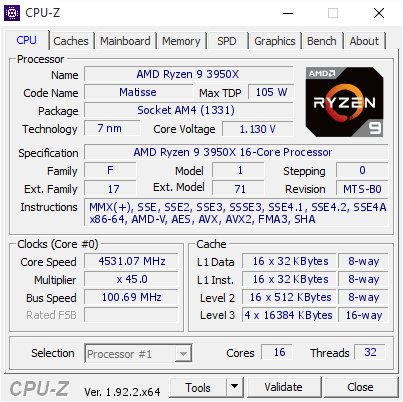

TESTING METHODOLOGY
Not long after I first started testing SSDs back in 2008, I concluded that it's almost impossible for any single benchmark suite to accurately measure their performance and that's why in certain benchmark suites we see amazing read/write performance numbers with some drives while in others things are quite different. The reason behind this is that some benchmarking suites are configured to read and write random chunks of data while others read and write constant (sequential) ones. So that's why i always use a very wide selection of benchmarking suites including AIDA64, HD Tach RW, HD Tune Pro, Crystal Disk Mark, Sisoftware Sandra Pro, AS SSD, IOmeter and ATTO. To get the most accurate results each test gets repeated a total of 6 times with the average performance numbers recorded into the charts*/****. Also, as of February 25th 2015 our results will also include the Storage Networking Industry Association’s (SNIA) IOMeter tests. These tests include a 12 Hour write test used to “simulate” performance degradation over time and a mixed workload test which basically shows what you can expect when using an SSD continuously for roughly two hours. Unfortunately, due to the time required for these tests they get repeated a total of 3 times and not 6 as the above.
Many people have made inquiries about our charts in the past so once again please do keep in mind that the Charts have the average performance numbers of each drive recorded and not the peak (highest) ones. Also, although every single one of these programs can help potential buyers choose the right drive for their needs you should also remember that from any kind of benchmark up to real world usage the gap is not small (and usually most differences will go unnoticed by most people). All tests were performed in a fresh Windows 10 Pro x64 installation complete with every update up to the date of this review.
* Since November 2018 the SSD comparison charts have been divided to 2.5” and M.2 models to reduce their growing size.
** Unless stated otherwise the Ryzen 9 3950x based Test Rig used for M.2 Gen 4 SSD reviews is not located in the lab.
*** As of January 2021 for Gen 3x4 models I’ll be using the Core i9-7980XE test rig (after numerous tests the up to 6% difference in read & write performance compared to the i7-6700 system simply wasn’t enough to justify having an extra test rig around).
**** Since February 2022 M.2 NVMe Gen3 and Gen4 SSD drives are placed in different charts.
TEST RESULTS - AIDA64 / ATTO


TEST RESULTS - HD TACH RW / HD TUNE PRO


TEST RESULTS - SISOFTWARE SANDRA PRO / CRYSTAL DISK MARK


TEST RESULTS - AS SSD / IOMETER
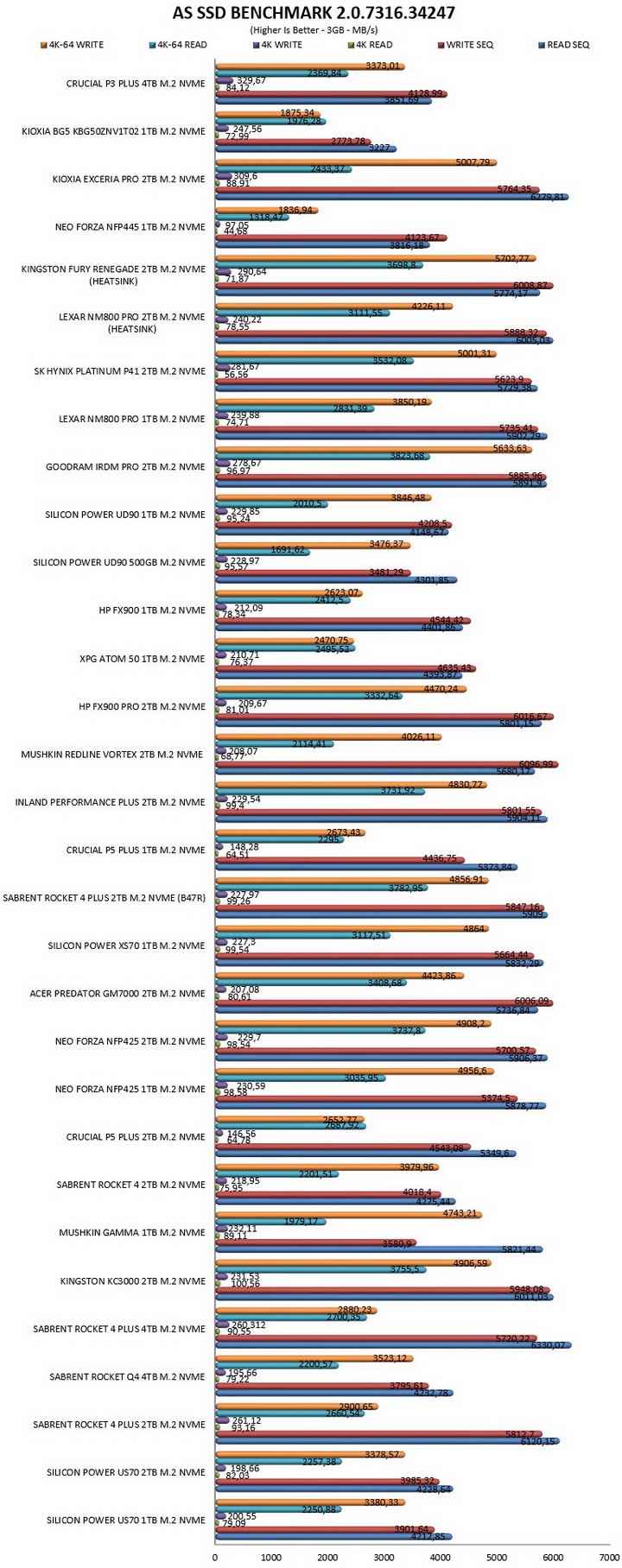
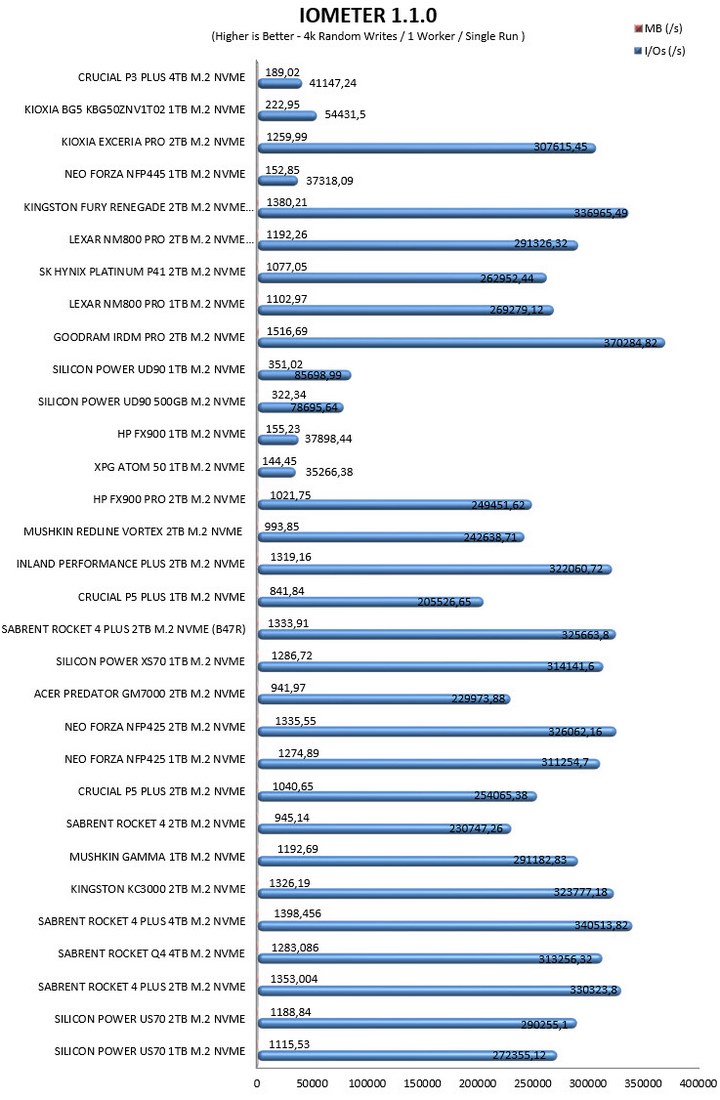
TEST RESULTS - IOMETER SNIA
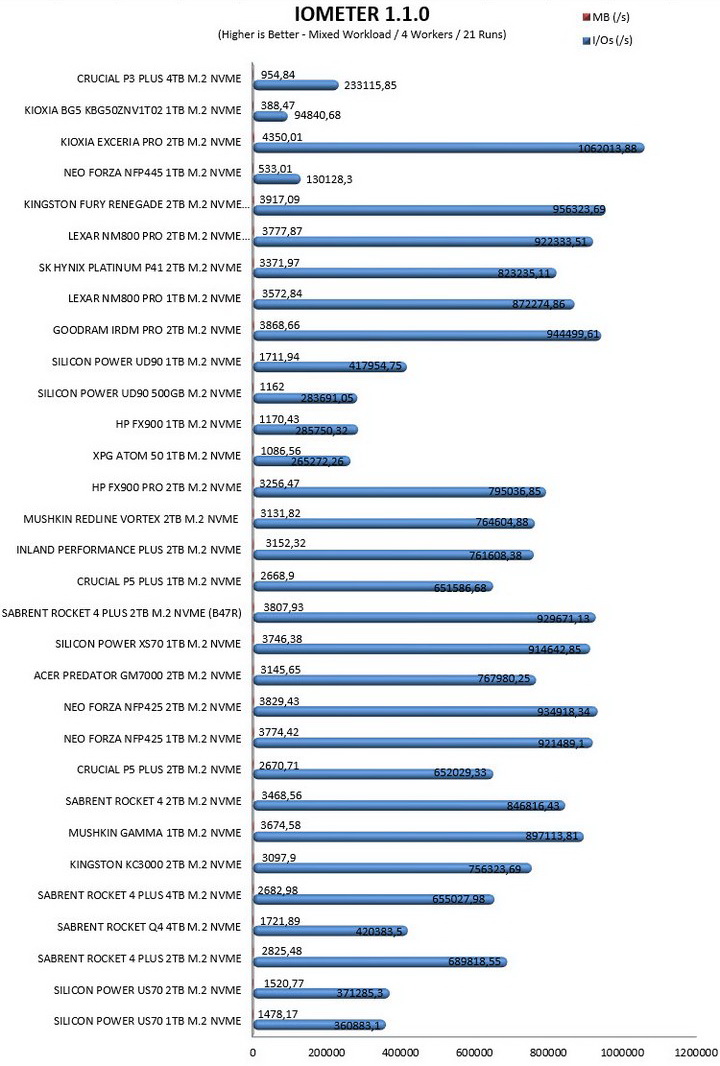
CONCLUSION
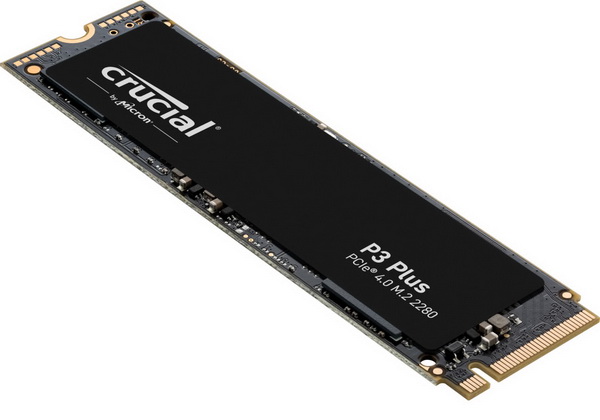
Ever since their introduction in the market many years ago DRAM-less SSDs have been a mixed bag in terms of results. On one hand they offer very good performance levels for everyday use but on the other as workload increases performance quickly starts to decline. Now I do have to admit that PHISON has done a great job with their PS5021-E21 controller since in most of the “normal” benchmarks the Crucial P3 Plus even surpasses their very own and “higher-end” P5 Plus model. Still in lengthy benchmarks like the entire IOMeter suite (and a few others) things rapidly change and the P5 Plus shows exactly why it’s placed higher. Another thing we really have to talk about is NAND flash memory durability/endurance and here is where the P3 Plus is also clearly inferior to its higher-end brother, the P5 Plus. Just take into account that for the 2TB capacities Crucial reports a TBW of 440 for the P3 Plus and its 176-layer 3D QLC NAND (N48R) and 1200 for the P5 Plus and its 176-layer 3D TLC NAND (B47R). This of course should matter mostly to people who intent to use the drive with intensive workloads, for regular every day use the P3 Plus is clearly more than enough (strangely enough Crucial reports read & write numbers far less compared to what I got with the 4TB model).
At USD299.99 inside the USA (Amazon.com) and 394.12Euros inside the EU (Amazon.de) the P3 Plus 4TB M.2 NVMe Gen4 SSD by Crucial is priced extremely well, at least on the other side of the Atlantic. Overall, the P3 Plus may not be the fastest or most durable M.2 Gen4 SSD out there but it still seems to be a very good choice for everyday use and for that it gets the Golden Award.

PROS
- Impressive Overall Performance (For a DRAM-Less Drive)
- Up To 4TB Capacity
- Storage Executive Software (Online Download)
- Cloning Software Included (Online Download)
- 5 Year Limited Warranty
- Price (USA)
CONS
- Thermal Throttling (During SNIA Tests)
- Durability / Endurance (Compared To TLC NAND Drives)
- Price (EU)

 O-Sense
O-Sense





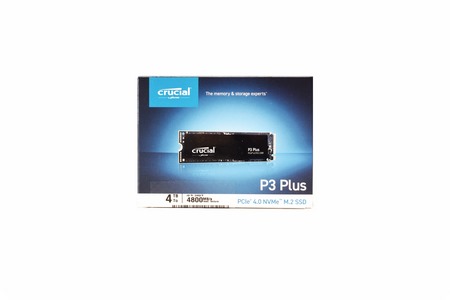
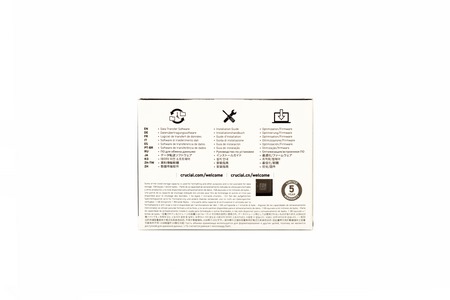
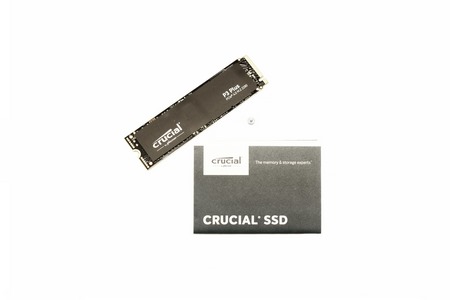
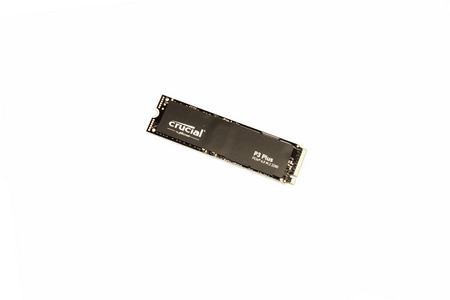
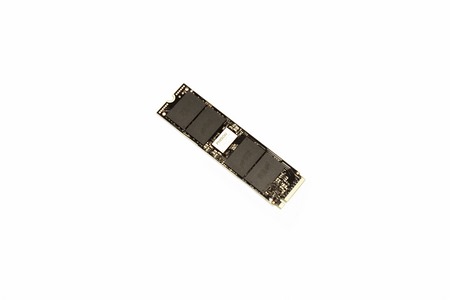
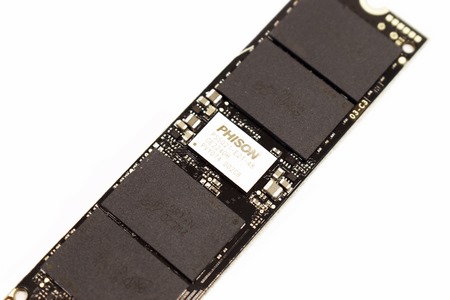
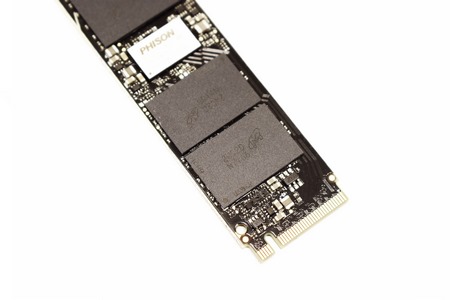
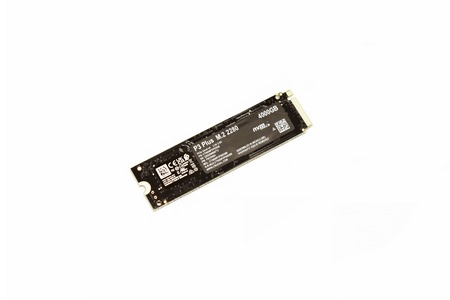
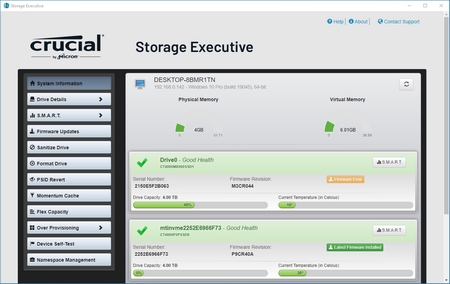
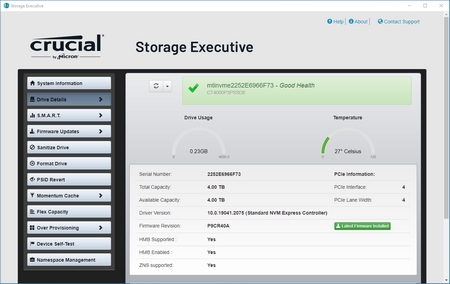
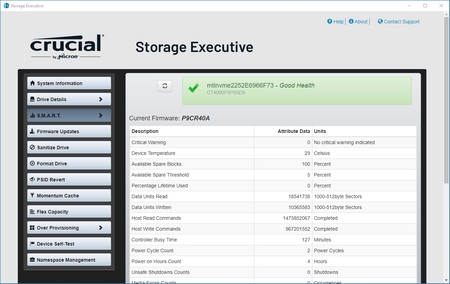
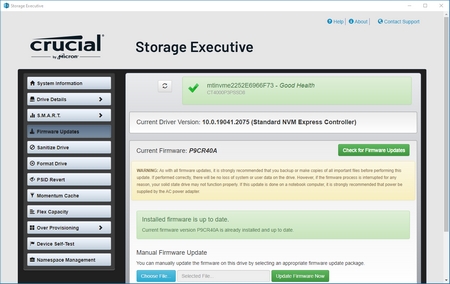
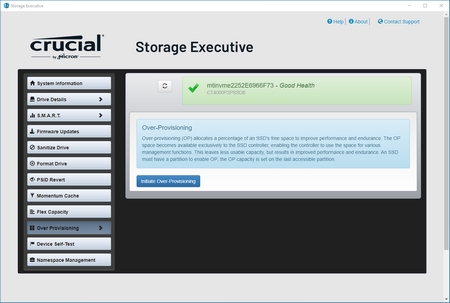
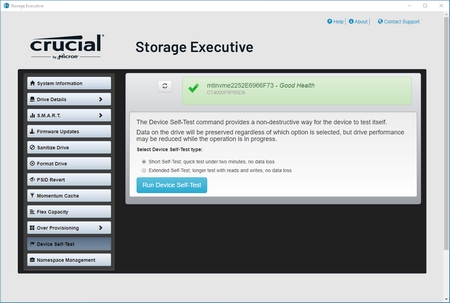
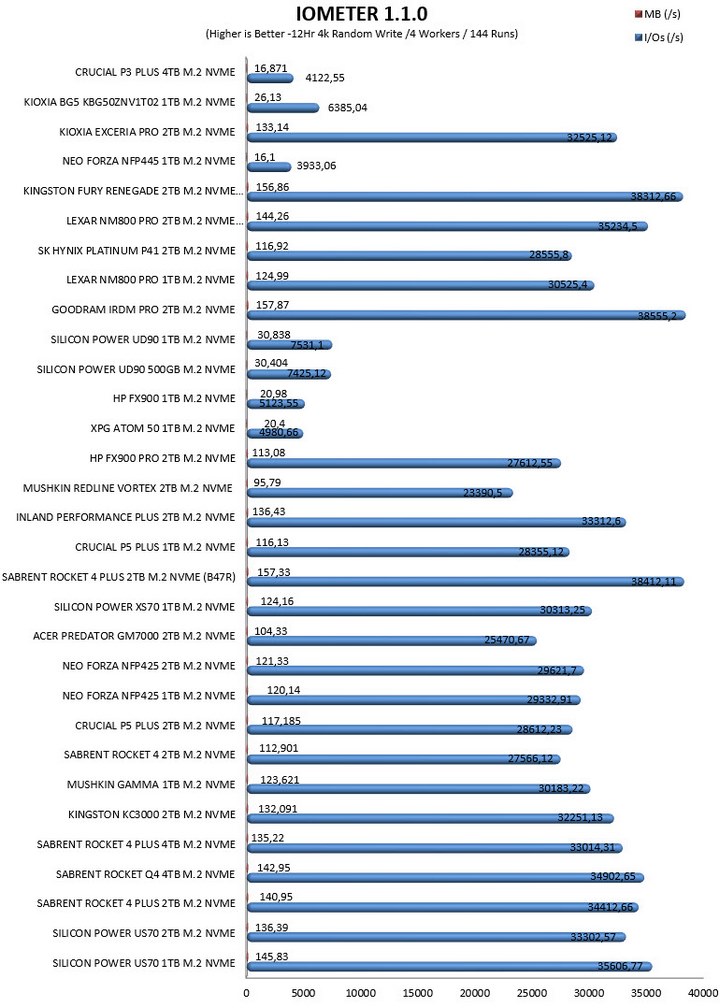
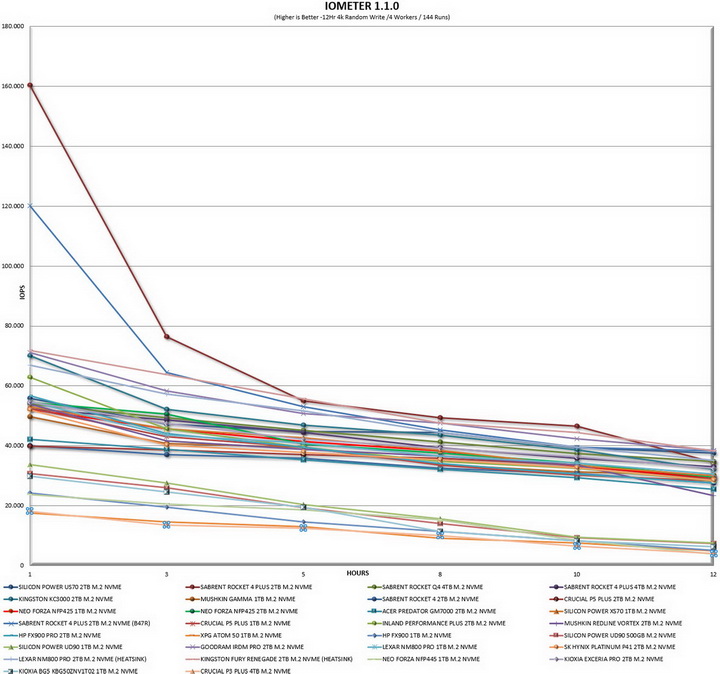


.png)

